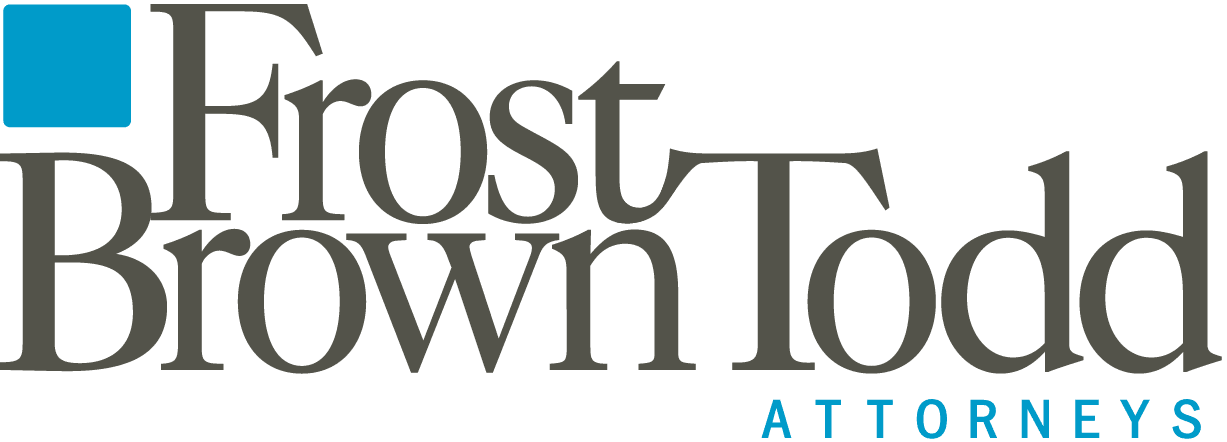Recently, Carlton Fields issued its 2025 Class Action Survey based on interviews of general counsel or senior counsel at more than 300 Fortune 1000 and other large companies across a variety of industries. The results from this survey are predictable in some regards, surprising in some regards, and somber in some regards: While the trends show class actions are on the rise, such cases are increasingly high risk/complex and more corporate resources are being devoted to defend them.
Below, we explore some specific results from the 2025 survey on class actions.
Litigation Costs
Defense spending and the expected number of class actions hit a new record for 2024, accounting for a tenth straight year of growth. Spending on class actions by the reporting companies came to about $4.21 billion for 2024. This $4.21 billion number was a 12.3% increase from the prior year, amounting to a $300 million increase.
However, the defense spending takes on another level of appreciation when it is calculated in connection with corporate litigation budgets. Spending on class actions in 2024 accounted for 12.5% of corporate litigation budgets.
This increased spending also translated to an interesting increase in in-house counsel time taken to manage these cases, usually with outside law firms. The 2025 survey shows that class actions added the equivalent of one additional workday per week to in-house attorneys’ management responsibilities for purposes of defending these matters.
Class Action Outlook
Class actions, in 2025, are forecast to increase 20% from filings for the previous year. What does this mean from a dollar perspective for large companies to defend? The survey predicted class actions would hit $4.53 billion in total expenses (versus $4.21 billion for 2024), which is the highest growth rate in terms of legal spending for the surveyed companies.
Two-thirds of corporate counsel participating in the survey expected new class actions to arise after the use of generative AI. One president and CEO of a large technology company said, “Generative AI, data breaches, and privacy are the new frontier.”
The survey also found that the percentage of large companies facing class actions had increased from 59% in 2017 to 72.2% in 2024.
That brings us to what legal areas are the class action darlings. According to the survey, labor/employment and consumer fraud are the leading areas, followed by securities, insurance, antitrust, products liability, data privacy, and technical statutory violations.
While labor/employment and consumer fraud class actions are expected to lead the next class action wave, securities fraud class actions are expected to pose the largest risk for new cases given stock market volatility and heighted regulatory scrutiny.
Class Action Defense
Fewer companies use insurance to combat exposure to these cases, although they are implementing risk aversion techniques such as using mandatory arbitration clauses or class action waivers.
Class action settlements, surprisingly, are at an all-time low. Companies that are settling class actions typically demand reversion clauses with respect to unclaimed settlement amounts. What are known as “cy pres” features, such as paying certain amounts to charities or organizations interested in the underlying issues in the class action cases, have not been present at all in recent settlements.
Please contact the author for more information regarding the results of the 2025 survey and their implications for future class action litigation. You can also find out more about our firm’s class action experience and resources here.
